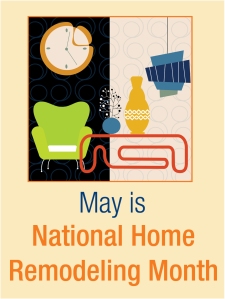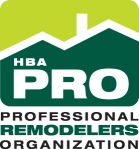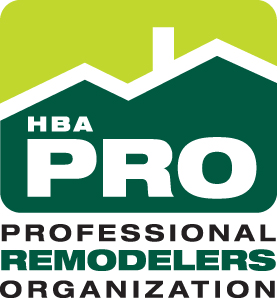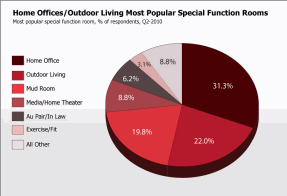May is Oregon & National Remodeling Month
Home owners reap many benefits when hiring a professional remodeler for their home renovation. According to the Professional Remodelers Organization of the HBA of Metro Portland (PRO), experienced remodelers bring a multitude of skills and qualities to successfully execute a home remodeling project.
“Professionals just do home remodeling better,” said Steve Stolze, 2013 PRO Chairman. “They not only bring advanced construction skills, trained remodelers better manage customer service and business management to improve the remodeling experience for home owners.”
What qualities do professional remodelers provide to a home renovation?
Bring home the benefits of hiring a professional home remodeler for your renovation. Harness their skills and knowledge to create a more comfortable home.
1. Customer Service
Knowledgeable home remodelers understand that they are providing a service, not a one-size-fits-all product. Just as every home owner is an individual, each home is also unique. A professional remodeler knows how to create customized solutions for the residents and provide continuing customer support.
2. Business Management and Integrity
Running a business well is part of the responsibilities of a professional remodeler. This includes having systems for the business, writing clear contracts, having insurance, providing warranties, and more. Better business management means better service for home owners because they can rely on the remodeler to perform with integrity.
3. Experience
Do you know what to expect when you take that wall out? A professional remodeler understands the structure of a home and is prepared for surprises behind walls. They’ve developed expertise from performing home remodels, attending trainings, and are familiar with laws and regulation pertaining to home construction.
4. Longevity
Anyone may be able to purchase a truck and some tools, but only professional remodelers have the skills to remain in business for the long haul. By understanding the practice and business of home remodeling, these professionals can manage changes in the market and return to service your home for years to come. Use the remodelers you can trust to fix problems and keep a home in good health for the long term.
5. Creativity
Home remodeling frequently involves problem solving, such as maximizing existing space, strategically building additions, or navigating limited budgets. Professional remodelers can help home owners manage challenges and meet their needs while staying within the budget. Experience and skills help remodelers propose choices and solutions to satisfy their customers.
For a searchable directory of professional remodelers, builders, designers and other industry professionals visit http://hbapdx.org/member-directory/ and look for the PRO logo! Please feel free to contact the Professional Remodelers Organization of Metro Portland at 503-684-1880.



















